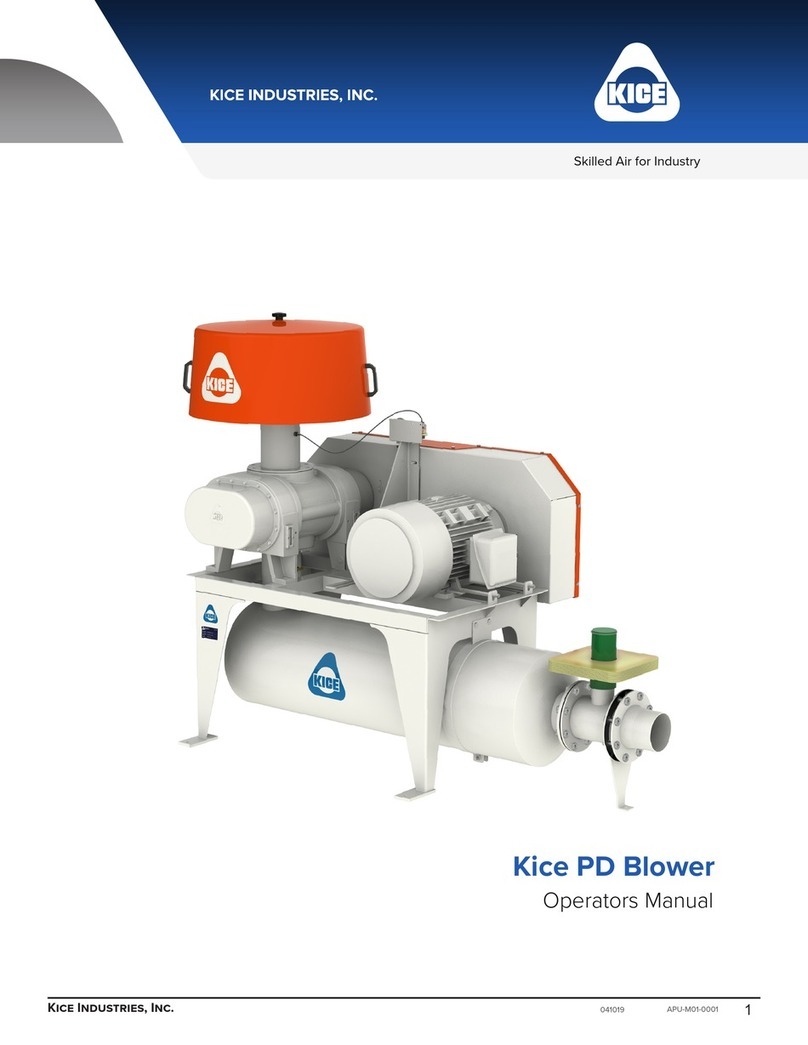
10
Kice Industries, Inc. FLT-M03-0002
012420
S P
•
•
•
•
•
•
•
•
•
•
•
•
•
•
•
•
WARNING: All owners and operators should read this manual and be instructed in safe
operating and maintenance procedures before attempting to uncrate, install, operate, adjust
or service this equipment.




























